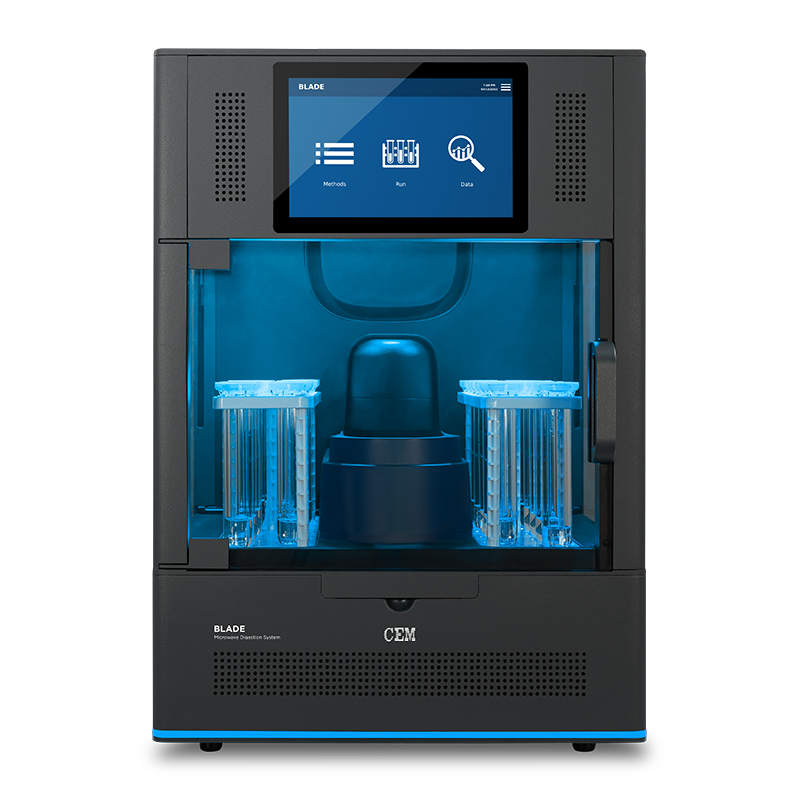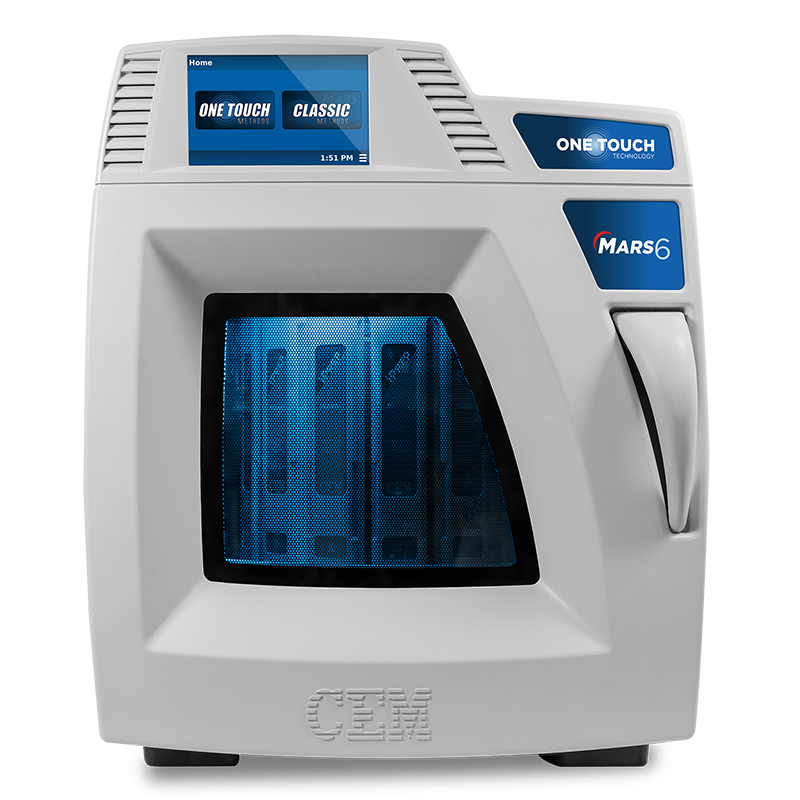
Microwave Digestion
Microwave digestion is commonly used to prepare a variety of samples from food and agriculture to metals, ceramics and mining and anything in between. The most recent applications developed are for hemp and cannabis as well as lithium battery materials. CEM microwave digestion systems are also used around the world to test soils, sludges and water to ensure our environment is clean and habitable.
CEM invented microwave digestion in conjunction with the National Bureau of Standards(NBS) now NIST back in 1985 and received a special IR 100 award as a result of this groundbreaking invention. It revolutionized sample preparation in both the speed of the process as well as the difficult organic and inorganic samples that previously could not be completely digested. Hot blocks and hot plates could not provide the clear digestions needed for analysis by AA or ICP-OES. CEM’s first system, the MDS 81-D, played a big role in digesting soil, plant and fish tissues at USEPA designated superfund sites around the US which were created by dumping of toxic waste into streams, rivers and landfills.













